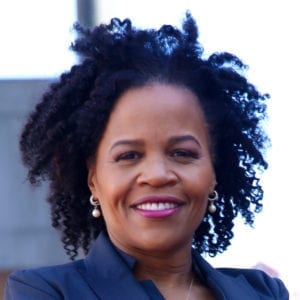Who is a member?
Our members are the local governments of Massachusetts and their elected and appointed leadership.

Kim Janey
Amid a nationwide push to rethink policing strategies and reduce the use of force when possible, a new Boston program seeks to scale back police involvement in 911 mental-health calls.
Last month, Acting Mayor Kim Janey announced a pilot program encouraging greater use of mental-health workers, EMTs and trained community members during 911 mental health calls. In a city that received 10,000 such calls last year, officials are seeking to de-escalate fragile mental-health interactions while easing the strain on police resources.
“This mental-health response will help us evaluate how to deliver the best possible response for our residents when they are in crisis,” Janey said during an Aug. 5 press conference. “These investments will help connect residents and their families with the care they need. They will also help us send officers to where they are needed most.”
In April, Janey asked the city’s Mental Health Crisis Response Working Group to design a pilot program to strengthen Boston’s mental-health response. For 15 weeks, leaders from the city’s Health and Human Services Cabinet, along with police, emergency medical services and the mayor’s office, reviewed existing city protocols and best practices nationwide, surveyed residents, and held community listening sessions.
“We went into this conversation with people saying, ‘No police, no police, no police,’” said Marty Martinez, Boston’s health and human services chief. “That was the framing that we started with, and then we met with neighborhood groups who said, ‘No, we want it to be a better police response, not no police response.’”
The pilot program, which includes three models, introduces new approaches and formalizes other strategies that had already been employed on a case-by-case basis.
The first model, co-response, pairs police officers and mental-health workers for calls posing public-safety risks. Beginning this month, dispatchers will automatically ask if co-response teams are available to respond to those mental-health calls; in the past, they had done so on an ad hoc basis.
And starting in October, dedicated co-response cars carrying officers and mental-health workers will serve neighborhoods that produce the city’s highest volume of mental-health calls. These vehicles existed previously, but hadn’t responded to mental-health calls exclusively.
For mental-health calls not presenting public-safety risks, police will step back. In community meetings, Martinez said, residents described the anxiety caused by the sight of police officers.
“Just the presence of a uniform can do that in our communities, and we get that,” Martinez said. “And the police understand that as well. They don’t want to escalate a situation that doesn’t need to be.”
For those calls, the second model will pair teams of EMTs and mental-health workers. The city is working out the details with the unions, which have expressed support for the overall plan, Martinez said. When finalized, this model of response will be made available citywide.
In the third model, the city will engage trained community members paid by nonprofits. This month, the city plans to issue a request for proposals for a facilitator to lead that effort, and in December it hopes to begin a community-design process to develop this model further.
Martinez said dispatchers already have extensive training in analyzing risk in 911 calls, and additional training is expected. The city will also continue its decade-long partnership with the Boston Emergency Services Team, led by Boston Medical Center, which provides mental-health workers.
Boston will fund the pilot project with $1.75 million from the Health and Human Services’ fiscal 2022 budget, and plans to hire an evaluator to examine how the efforts have been working. Depending on the pilot’s outcomes, Martinez anticipates that more permanent programs will require a deeper financial investment.